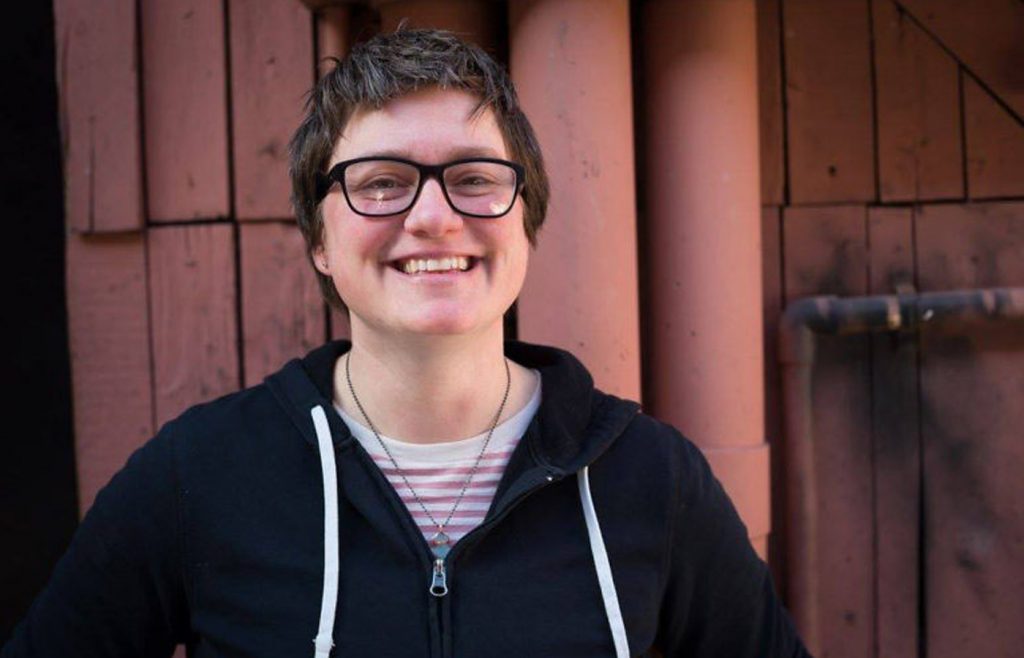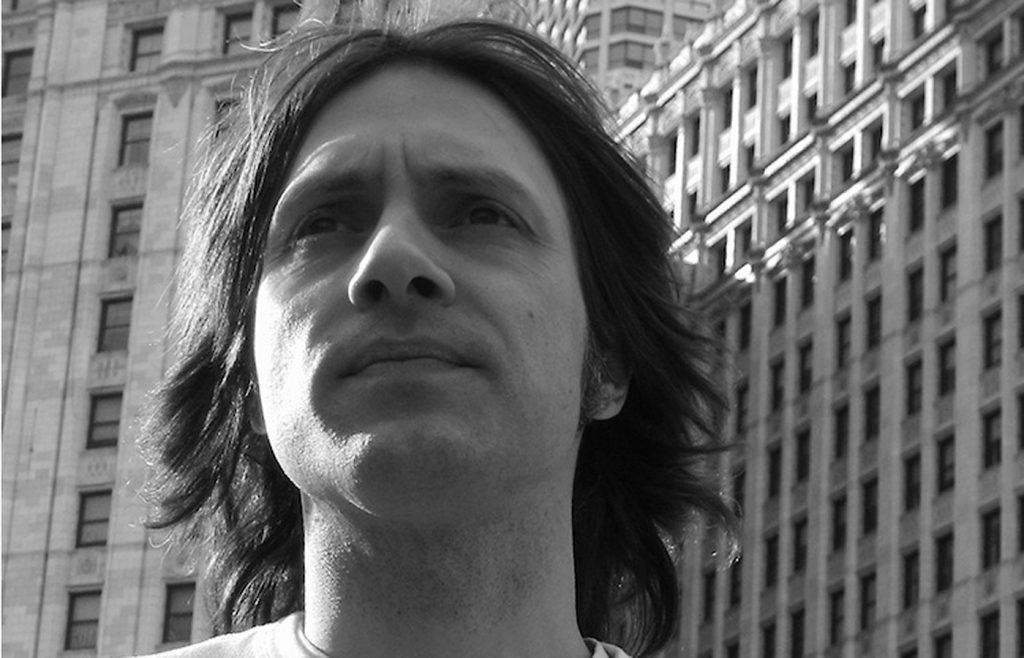
One of my reading goals for 2018 is to engage with more poetry. This month, we look at two wonderful collections that would be good starting points if you’d like to read more poetry, too.
Instead of Dying by Lauren Haldeman
Sets of prose poems beginning “Instead of dying” frame Lauren Haldeman’s collection, which takes its title from these opening words. The graduate of the Iowa Writers’ Workshop spins small but compellingly fanciful stories featuring her late brother. The effect is powerful, highlighting the poet’s sadness as she imagines happy alternatives to a bleak reality.
Instead of Dying, which won the Colorado Prize for Poetry, also included two sections devoted to 20-line poems. Each of these is positioned next to another poem that rearranges the language of the first poem to create different tones, meanings, and possibilities.
For example, one such poem begins
Temperature is a product
of being embodied.
Its companion poem begins
Produce a temperature
body, and be.
The juxtapositions of these poems are lovely and mysterious.
At the center of the book is a section of poems named for astronomers and philosophers. These brief poems engage with discoveries, ideas, and controversies associated with the famous figures. In poems about Copernicus and Galileo, Haldeman considers the radicalness of a new astronomy with the sun at the center of the universe. Isaac Newton’s apple gains dimension and added weight in the poem bearing his name.
In the end, however, it is the “Instead of dying” poems that are likely to stay with the reader. Filled with longing, each is a tribute to someone lost who can still be found in the poet’s fertile imagination.
Attributed to the Harrow Painter by Nick Twemlow
Poet Nick Twemlow employs short lines and long poems to explore his past and the possibilities of language in Attributed to the Harrow Painter. The collection, published by the University of Iowa Press, is self-referential, experimental, and never less than engaging. Indeed, readers are asked to engage with both the subject matter and the unexpected ways in which the poet bends language to his artistic purpose.

Twemlow, a graduate of the Iowa Writers’ Workshop who teaches at Coe College, explores his relationship with his father and with his young son, offering up reflections and memories that are sometimes crystalline and sometimes opaque. The poems refer to one another, offer concepts from other artforms and artists (at one point a website address is included in the text of the poem to highlight an artist), and veer sharply in new directions at unexpected moments. Twemlow is skilled at allowing a phrase to morph from one meaning to another as the lines pile up and the momentum of a poem builds.
The title poem, which closes the collection, considers the notion of a minor artist, using as an example a painter of Greek vases—the “harrow painter” of the title. It also recounts a troubling relationship and its aftermath, good and ill. The poem manages to be both sprawling and tightly controlled, the poet’s narrative voice strong and expansive.
While it is possible to lose one’s way in Twemlow’s work, the poems’ surprises are pleasing and the rhythms of the language carry the reader along until firmer footing can be found. I highly recommend Attributed to the Harrow Painter.
